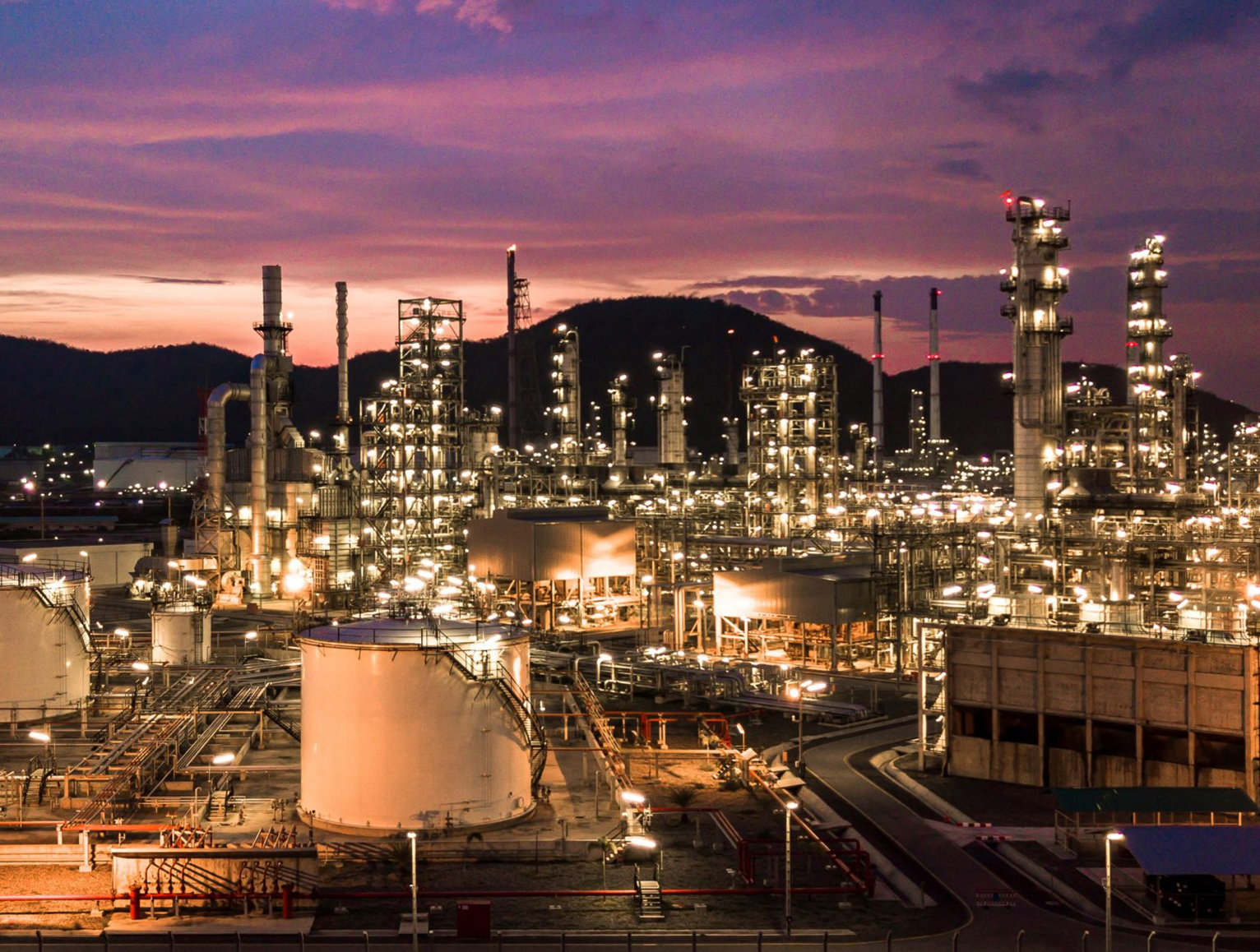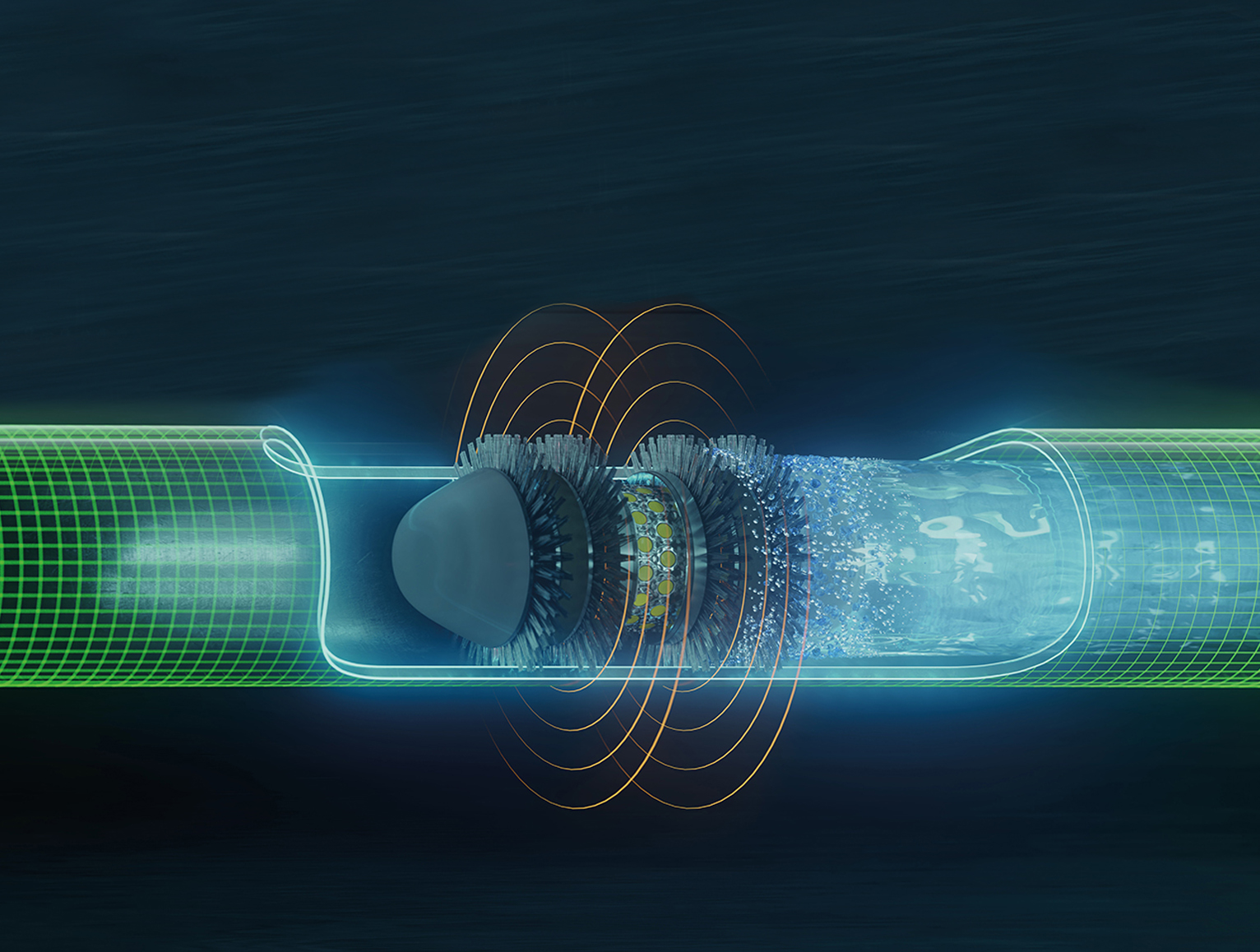How Predictive Maintenance is Changing Refinery Operations: The Power of Tube Inspection Data
10 October 2024
The energy sector is undergoing a technological revolution and refineries are at the forefront of this transformation. Among the most impactful advancements is predictive maintenance which leverages data to anticipate and identify trends of degradation ultimately predicting when equipment is likely to reach end of efficient life, or even failure. One of the most powerful tools enabling this shift is ultrasonic tube inspection.
Ultrasonic piping inspection data is proving to be an essential component of predictive maintenance strategies in refineries. By using sound waves to detect issues like wall thinning, corrosion and cracking, ultrasonic testing provides real-time insights into equipment condition. This data enables refinery operators to schedule maintenance proactively; reducing downtime, extending equipment lifespan and improving overall operational efficiency. In fact the first valuable achievement is to verify a clean passageway, cleared of internal contaminations or restrictions which may limit free flow of product.
Cokebusters has been at the forefront of tube inspection technology since the company was established in 2005. In that time we have seen a shift in maintenance processes as refineries move to maximise efficiency at every stage of their process. In this article we’ll explore the extent to which quality inspection data can be used to inform and guide predictive maintenance strategies in any asset.
What is Predictive Maintenance?
Predictive maintenance uses real-time data, such as ultrasonic tube inspection results, to predict when equipment is likely to fail. This allows operators to plan maintenance only when necessary, rather than relying on fixed schedules or reacting to breakdowns after they occur.
In refineries, where tubes in heat exchangers, furnaces and boilers operate under high pressure and temperature, ultrasonic testing provides critical data about the condition of these tubes. This enables operators to detect early signs of wear and degradation, such as thinning walls or cracks, which can lead to more serious failures if not addressed.
How Ultrasonic Tube Inspection Data is Driving Predictive Maintenance in Refineries
Ultrasonic tube inspection is playing a critical role in predictive maintenance for refineries, offering several key advantages:
1. Early Detection of Wall Thinning and Corrosion
Ultrasonic testing is one of the most effective techniques for measuring the thickness of tube walls and detecting corrosion, one of the leading causes of tube failure in refineries. By sending high-frequency acoustic waves through the tubes and measuring the time it takes for the waves to reflect back, ultrasonic testing provides precise, real-time data on the thickness and condition of tube walls, both internally & externally.
This allows operators to identify tubes that are thinning due to corrosion or wear. As the integrity of these tubes diminishes, they become more vulnerable to leaks or ruptures which can lead to costly downtime and safety risks. With predictive maintenance driven by ultrasonic data, refineries (including chemical plants and other industrial sites) can schedule maintenance at the optimal time – before failures occur, but not too early – keeping equipment running smoothly. Early detection of corrosion and thinning prolongs equipment life and prevents unexpected downtime.
2. Accurate Prediction of Remaining Tube Life
Predictive maintenance models rely on accurate data to provide evidence of trends of deterioration. The Cokebusters inspection service gives operators the ability to forecast when equipment will no longer meet their acceptable performance parameters. Ultrasonic inspection provides some of the most precise data available for assessing tube health.
By measuring changes in wall thickness and metallurgic condition over time, ultrasonic testing helps refinery operators track the rate of wear and degradation. Informed by scientific data, refineries can schedule maintenance or replacements at the most opportune time, avoiding both premature interventions and costly emergency repairs. Accurate failure predictions reduce unnecessary maintenance and prevent unscheduled breakdowns.
3. Extending Equipment Lifespan
Regular ultrasonic inspections help refineries maximise the lifespan of their equipment by providing detailed insights into tube condition. Without this data, refineries often replace tubes based on manufacturers’ guidance or after they have already failed. Both approaches can be costly – premature replacements lead to wasted resources, while failures can damage other components and require more extensive repairs.
With ultrasonic testing, refineries can operate equipment closer to its true operational limits, safely extending the lifespan of tubes by only replacing them when absolutely necessary. This also reduces capital expenditures on replacement parts and contributes to overall operational efficiency. Ultrasonic testing extends equipment lifespan by avoiding premature replacements and preventing catastrophic failures.
4. Optimising Heat Transfer Efficiency
Tubes in refinery systems, such as heat exchangers, play a critical role in transferring heat between fluids. Over time, the efficiency of these tubes can degrade due to corrosion or the buildup of coke deposits, which impedes heat transfer. Ultrasonic testing can detect this reduction in wall thickness and alert operators to the need for cleaning, decoking or tube replacement.
By keeping the tubes in optimal condition, refineries can maintain efficient heat transfer (and/or unrestricted flow), reducing the amount of fuel (and emissions) needed to achieve target production levels. This not only lowers operating costs, but also helps refineries meet environmental targets by minimising fuel consumption and associated emissions.
5. Improving Safety and Reducing Risks
Safety is a top priority in any refinery and the consequences of tube failures can be severe. Leaks or ruptures in high-pressure systems can result in dangerous situations, including fires, explosions and the release of hazardous chemicals. Ultrasonic inspection data allows refineries to monitor tube integrity closely, reducing the risk of such failures.
By predicting and preventing tube failures before they occur, ultrasonic testing significantly enhances safety. It also helps refineries remain compliant with industry regulations by ensuring that equipment operates within safe limits at all times. Ultrasonic testing reduces the risk of tube failure, enhancing safety and regulatory compliance.
Conclusion
Predictive maintenance, driven by ultrasonic tube inspection data, is revolutionising how refineries manage their tubes and pipelines. By detecting early signs of corrosion and tube wall thinning, ultrasonic testing provides refineries with the precise data they need to schedule maintenance at the optimal time, reducing downtime, extending equipment lifespan and improving overall operational efficiency.
As refineries look for ways to enhance operational efficiency and reduce maintenance costs, ultrasonic testing is becoming an essential tool in the predictive maintenance toolkit. By adopting this approach, maintenance engineers can ensure their equipment operates safely and efficiently, positioning themselves for long-term success in an increasingly competitive energy landscape.
The Cokebusters 3rd generation inspection tool can rapidly scan internal and external pipe surfaces across a diameter range of 2.5”-12” ID. Our 4th generation device can operate down to 1.5” ID and is believed to be the smallest intelligent pig in the world! Ultrasonic in nature, these smart pigs are propelled by liquid flow which is driven by our purpose-built Double Pumping Units. Using our bespoke Roxtail™ software to analyse tens of thousands of measurements every second, results are provided numerically, graphically and by 3D user interface. This will provide invaluable data to inform predictive maintenance schedules.
If you’d like more information about our patented inspection services, contact us today and we’ll be pleased to answer any questions you have.



